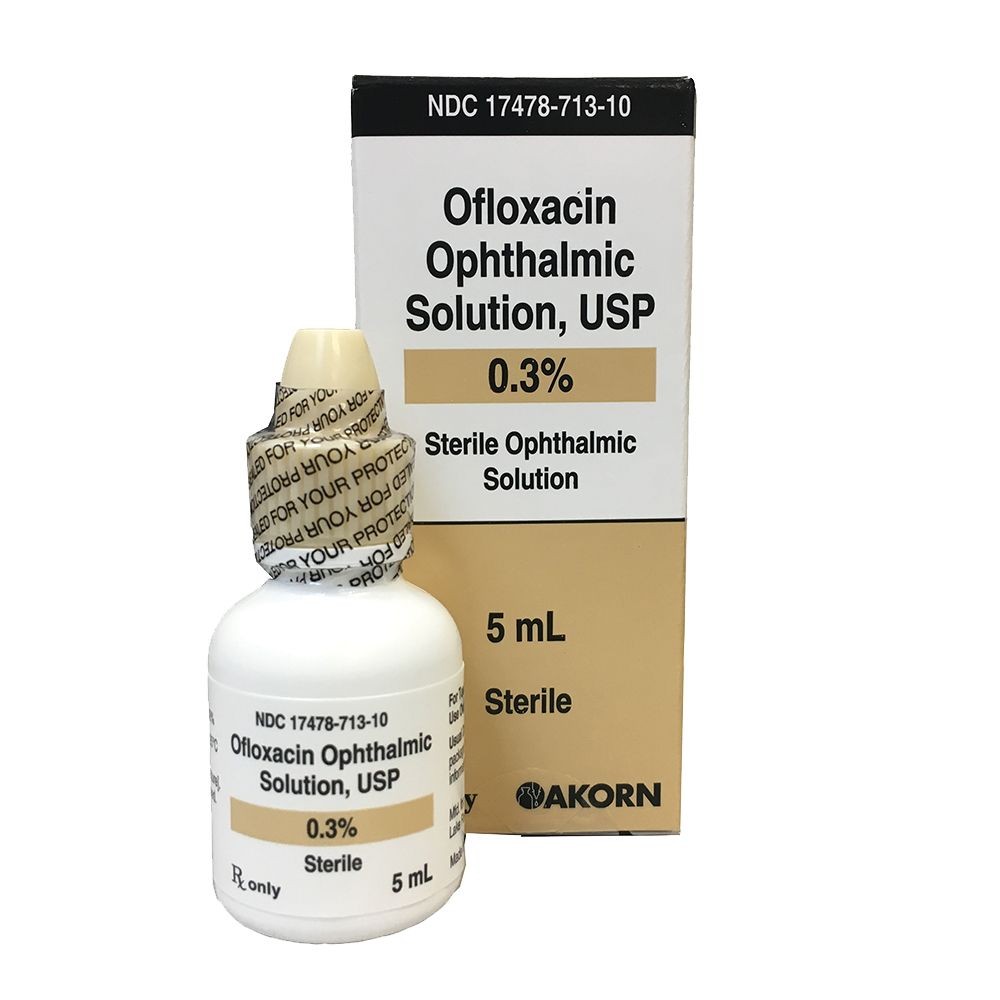
Contents
Ofloxacin vs. Ciprofloxacin: A Comparison
Ofloxacin and Ciprofloxacin are both fluoroquinolone antibiotics used to treat various bacterial infections. Ofloxacin can be prescribed for pneumonia, bronchitis, staph infections, STDs (gonorrhea, chlamydia), urinary tract infections (UTIs), and prostate infections caused by E. coli. Other fluoroquinolones include levofloxacin, norfloxacin, moxifloxacin, and trovafloxacin. Ofloxacin works by inhibiting the reproduction and repair of bacteria’s genetic material (DNA).
Ciprofloxacin is also a fluoroquinolone antibiotic used to treat bacterial infections. Along with the aforementioned conditions, it is effective against various other infections as well. Ciprofloxacin prevents the multiplication of bacteria by inhibiting the reproduction and repair of their DNA. Some other fluoroquinolones available are levofloxacin, norfloxacin, moxifloxacin, and trovafloxacin.
Side Effects of Ofloxacin and Ciprofloxacin
Ofloxacin
Common side effects of ofloxacin may include:
Allergic reactions like hives and anaphylaxis. Nervous system stimulation symptoms such as:
Low or high blood sugar levels in individuals with diabetes. Skin sensitivity to direct sunlight. Tendinitis and tendon rupture, especially in the Achilles tendon. Rare seizures in patients with central nervous system diseases. Not recommended for children and adolescents under 18 years of age. Can cause pseudomembranous colitis, leading to fever, abdominal pain, diarrhea, and shock. Avoided in patients with myasthenia gravis due to potential muscle weakness.
Ciprofloxacin
Ciprofloxacin, along with other fluoroquinolones, can lead to tendonitis and tendon rupture, particularly in the Achilles tendon. Vigorous exercise should be avoided while taking these antibiotics. Patients with myasthenia gravis may experience worsened muscle weakness. Common side effects of Ciprofloxacin include:
Rare allergic reactions like anaphylaxis. Symptoms of shock, such as cardiovascular collapse, facial or throat swelling, shortness of breath, hives, and itching. Other serious side effects and adverse events include peripheral neuropathy, central nervous system effects, hyperglycemia, Clostridium difficile-associated diarrhea, abnormal heartbeats, liver dysfunction, stroke, convulsions, toxic epidermal necrolysis, Stevens-Johnson syndrome, vasculitis, allergic pneumonitis, interstitial nephritis, acute kidney failure, hepatitis, jaundice, liver failure, anemia, leukopenia, cardiac arrest, and respiratory failure. Not recommended for children and adolescents under 18 years of age. Can cause pseudomembranous colitis.
Dosage of Ofloxacin vs. Ciprofloxacin
- The usual dose of Ofloxacin for patients with normal renal function is 200 to 400 mg every 12 hours.
- Dosages require adjustment in patients with severely abnormal liver or kidney function.
- Ofloxacin is available in tablet form as 200, 300, and 400mg.
- Store Ofloxacin in a closed container at 15 C – 30 C (59 F – 86 F).
- For most infections, the recommended oral dose of Ciprofloxacin for adults is 250-750 mg (immediate release tablets) every 12 hours or 500-1000 mg (extended release tablets) every 24 hours.
- The usual intravenous dose is 200-400 mg every 8-12 hours.
Preparations:
- Tablets: 250, 500, and 750 mg.
- Tablets extended release (XR): 500 and 1000 mg.
- Microcapsules for suspension: 250 mg/5 ml, 500 mg/5 ml.
- Injection or Injection concentrate: 200 mg/100 ml, 200 mg/20 mg, 400 mg/200 ml, 400 mg/40 ml.
Drug Interactions with Ofloxacin and Ciprofloxacin
Ofloxacin can affect the elimination of theophylline, leading to elevated blood levels. It also enhances the action of the anticoagulant warfarin, increasing the risk of bleeding. High and low blood sugar levels have been reported, especially in patients with diabetes. Sucralfate, iron, multivitamins containing zinc, didanosine, and antacids containing calcium, magnesium, or aluminum should be avoided with Ofloxacin.
Ciprofloxacin can lead to elevated, toxic blood levels of theophylline when administered together. Combining Ciprofloxacin and tizanidine can worsen muscle weakness. Iron salts and antacids may reduce the absorption of Ciprofloxacin. It can also increase the blood thinning effect of warfarin. Sevelamer, milk, and orange juice may reduce the absorption and effectiveness of Ciprofloxacin. Diabetic medications and sildenafil (Viagra) should be used cautiously with Ciprofloxacin. Patients taking Ciprofloxacin can develop sensitivity to sunlight. Fluoroquinolones can worsen low blood glucose levels when combined with sulfonylureas.
Pregnancy and Breastfeeding
Ofloxacin
Ofloxacin should be avoided during pregnancy and while breastfeeding due to potential adverse events in the infant.
Doctors suggest avoiding the use of this antibiotic if pregnant or breastfeeding, as its safety is not established.
By clicking Submit, you agree to the MedicineNet’s Terms & Conditions & Privacy Policy and understand that you may opt out of MedicineNet’s subscriptions at any time.
Summary
Ofloxacin and Ciprofloxacin are fluoroquinolone antibiotics used to treat various bacterial infections, including pneumonia, bronchitis, staph infections, STDs, UTIs, and prostate infections caused by E. coli.


